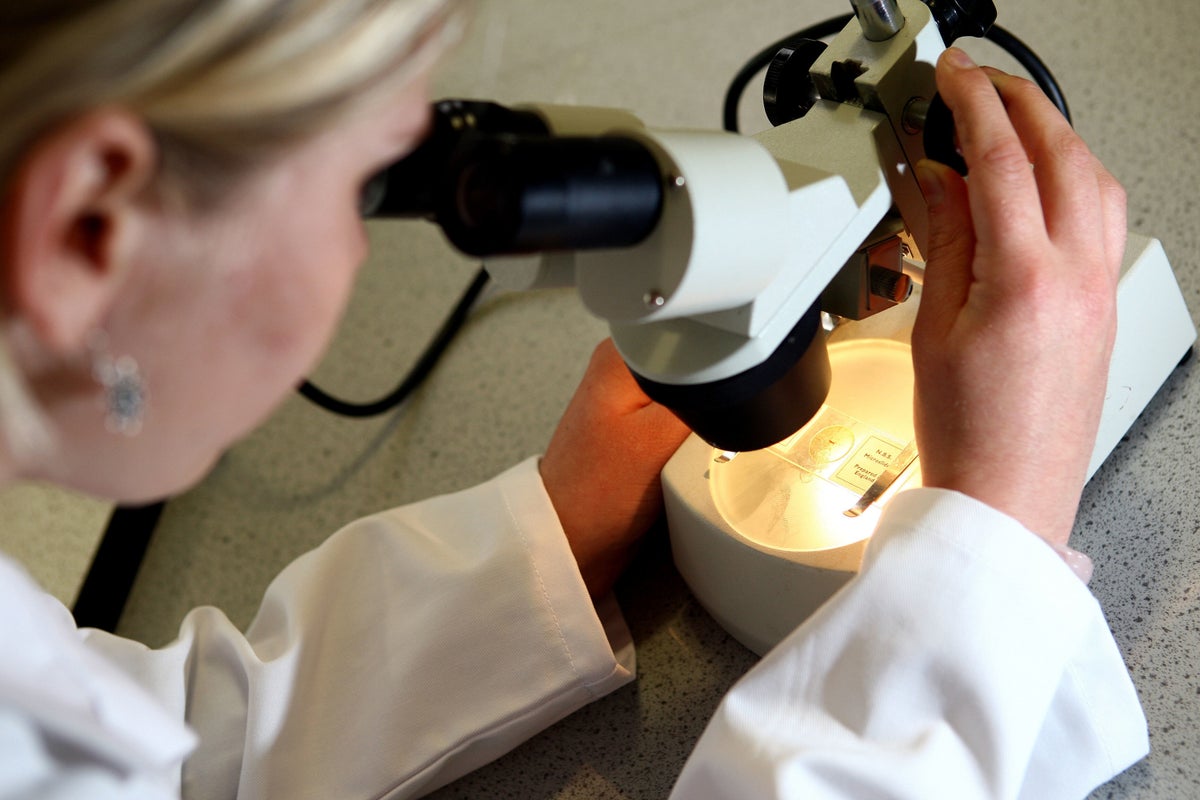
Shrimps and worms were among the first animals to recover after the largest mass extinction, a new study suggests.
Researchers studying ancient seabed burrows and trails discovered that bottom burrowing animals were some of the first to bounce back after the end-Permian mass extinction – around 252 million years ago.
The event killed more than 90% of species on Earth.
It took millions of years for biodiversity life on Earth to return to pre-extinction levels.
The first animals to recover were deposit feeders such as worms and shrimps— Alison Cribb, University of Southern California
But by examining trails and burrows on the South China seabed, researchers from China, the US and the UK pieced together sea life’s revival by pinpointing what animal activity happened when.
Alison Cribb, a collaborator in the study from the University of Southern California, added: “The first animals to recover were deposit feeders such as worms and shrimps.
“The recovery of suspension feeders such as brachiopods, bryozoans and many bivalves took much longer.
“Maybe the deposit feeders were making such a mess of the seafloor that the water was polluted with mud, the churned mud meant suspension feeders could not properly settle on the seafloor, or the muddy water produced by those deposit feeders just clogged the filtering structures of suspension feeders and prohibited them from feeding efficiently.”
Professor Michael Benton, from the University of Bristol’s School of Earth Sciences, a collaborator on the new paper, added: “The end-Permian mass extinction and the recovery of life in the Early Triassic are very well documented throughout South China.
“We were able to look at trace fossils from 26 sections through the entire series of events, representing seven million crucial years of time, and showing details at 400 sampling points, we finally reconstructed the recovery stages of all animals including benthos, nekton, as well as these soft-bodied burrowing animals in the ocean.”
Researchers say the findings matter because the end-Permian crisis was caused by global warming and ocean acidification, and the data reveals the resilience of the soft-bodied animals to high CO2 and warming.
The findings are published in the journal Science Advances.







